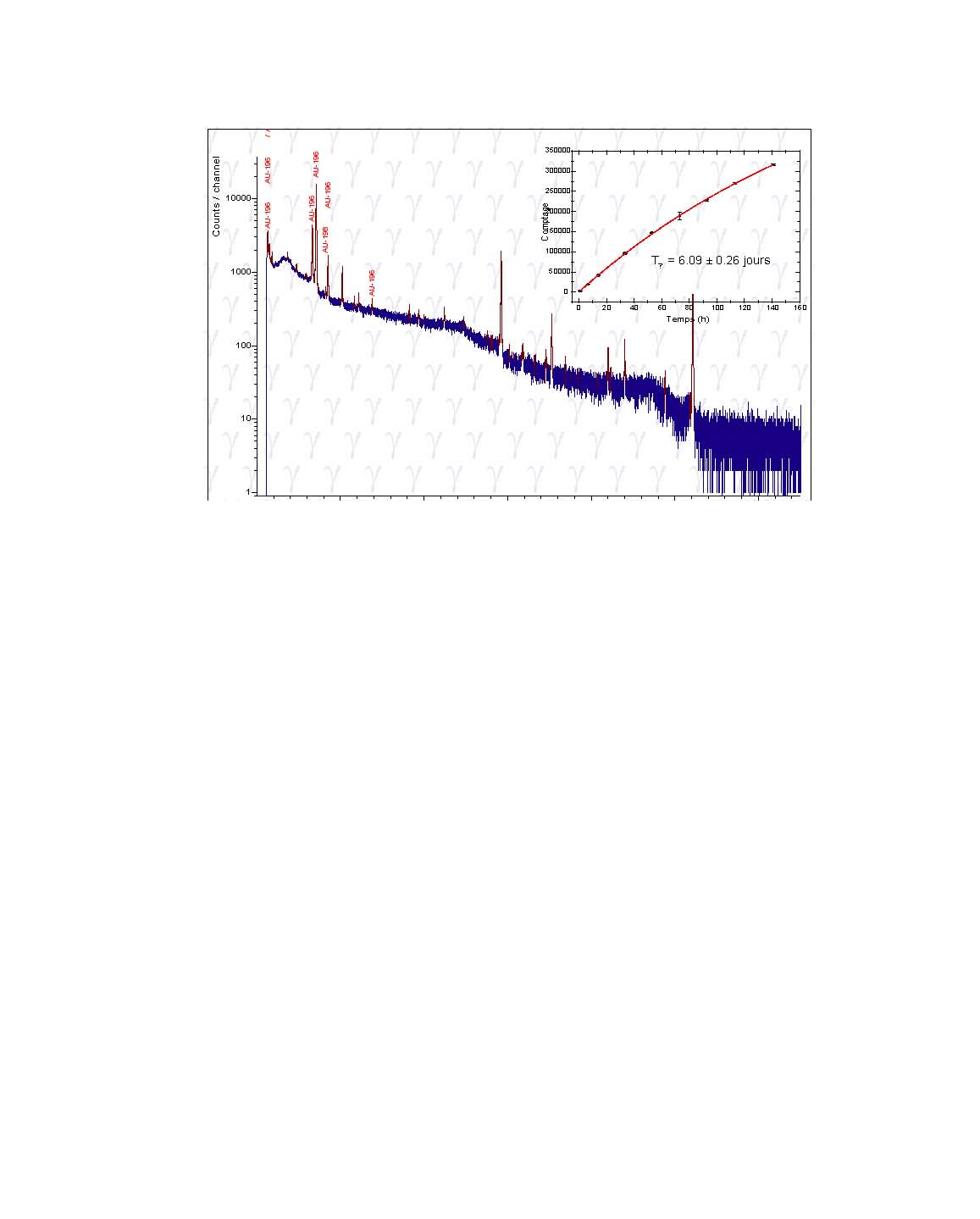The controlled production of radioactive isotopes from stable materials (nuclear activation) is a process of relevant interest for both medical applications and advanced technologies, including the optimization of the fuel cycle in the nuclear energy plants. The nuclear activation of a variety of samples is currently obtained with large accelerators or in the nuclear plants itself. Since the advent of powerful lasers delivering ultrashort pulses, the possibility was envisaged of obtaining nuclear activation in smaller laboratories at a reduced cost. Several trials have been performed so far in this direction in the last few years, with some preliminary positive result.
The last July 2006, the collaboration of the CNR team from the Istituto per i Processi Chimico-Fisici (Pisa) leaded by Antonio Giulietti, with the CEA group PHI leaded by Philippe Martin, with Jean Raphael Marques from Ecole Polytechnique and with Jean Galy and David Hamilton from the European Institute for Transuranium Elements (Karlsruhe, Germany), succeeded in the nuclear activation of a gold foil with a particular laser technique. The technique relies on the generation of a high energy electron bunch by focusing a powerful ultrashort laser pulse in a gas jet. The electron beam then collides with a suitable target (the radiator) in order to produce a Bremsstrahlung emission of gamma photons. These latter, in turn, irradiate the sample to be activated, in this case a foil of gold.
The important result has been obtained during an experimental campaign of the Pisa team in the framework of the project Plasmon-X of Istituto Nazionale di Fisica Nucleare (national co-ordinator Danilo Giulietti). In this context, a series of experiments are in progress in Saclay (France) at the SLIC laboratory of CEA, where also the successful experiment of laser activation took place. The subsequent tests on the activated Au samples, performed in Karlsruhe, showed that the number of activated nuclei was considerably high, then the laser technique was proved to be very efficient. It has to be underlined that the result was obtained in a small laboratory with a low cost equipment (if compared with conventional accelerators or power plants).
Immagini:


